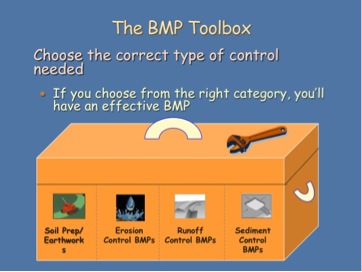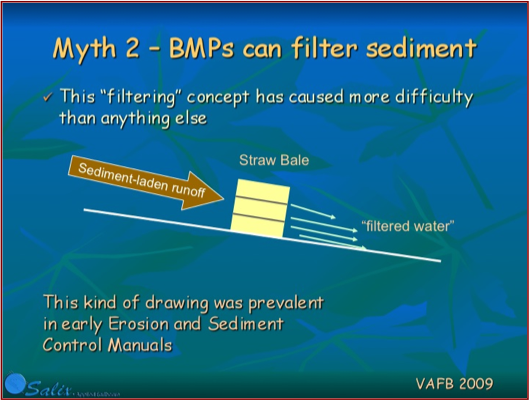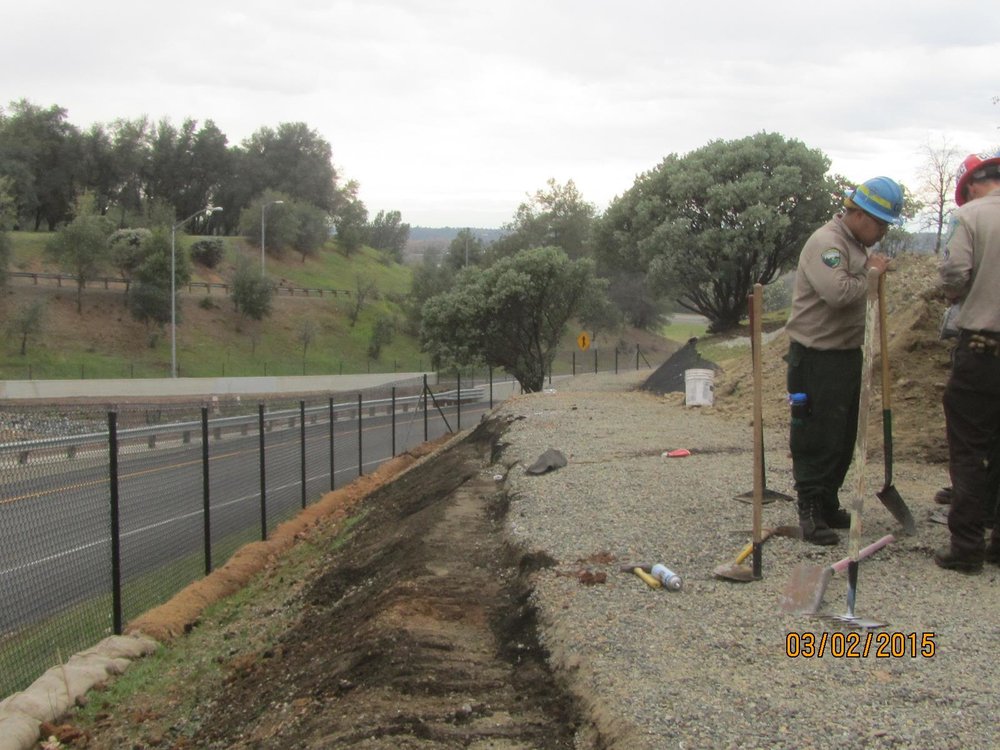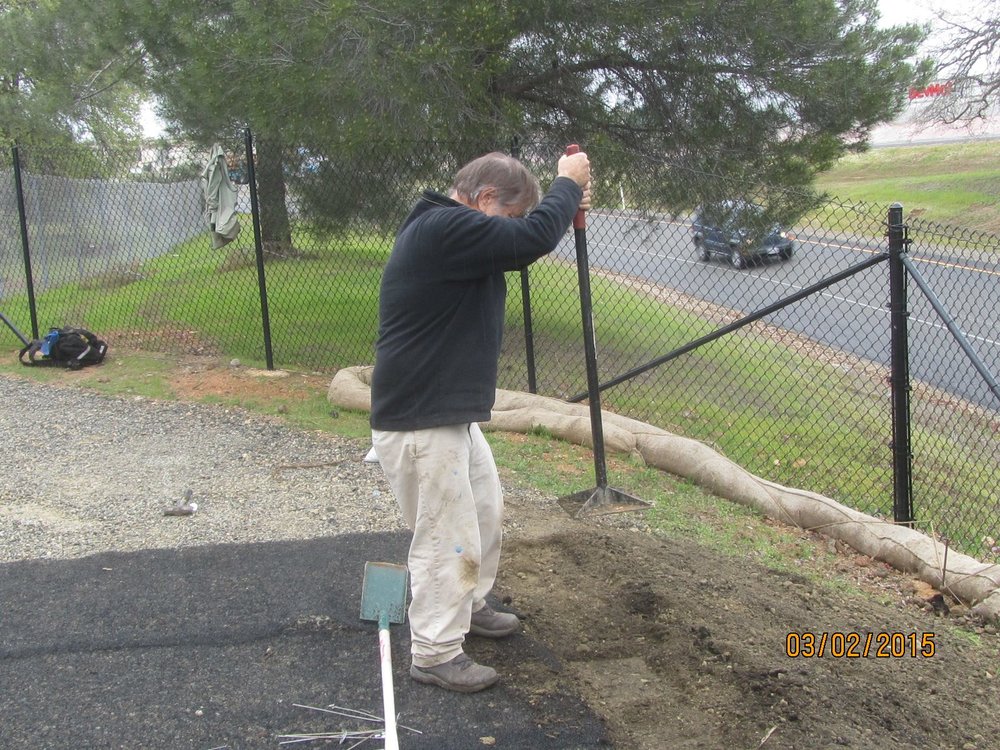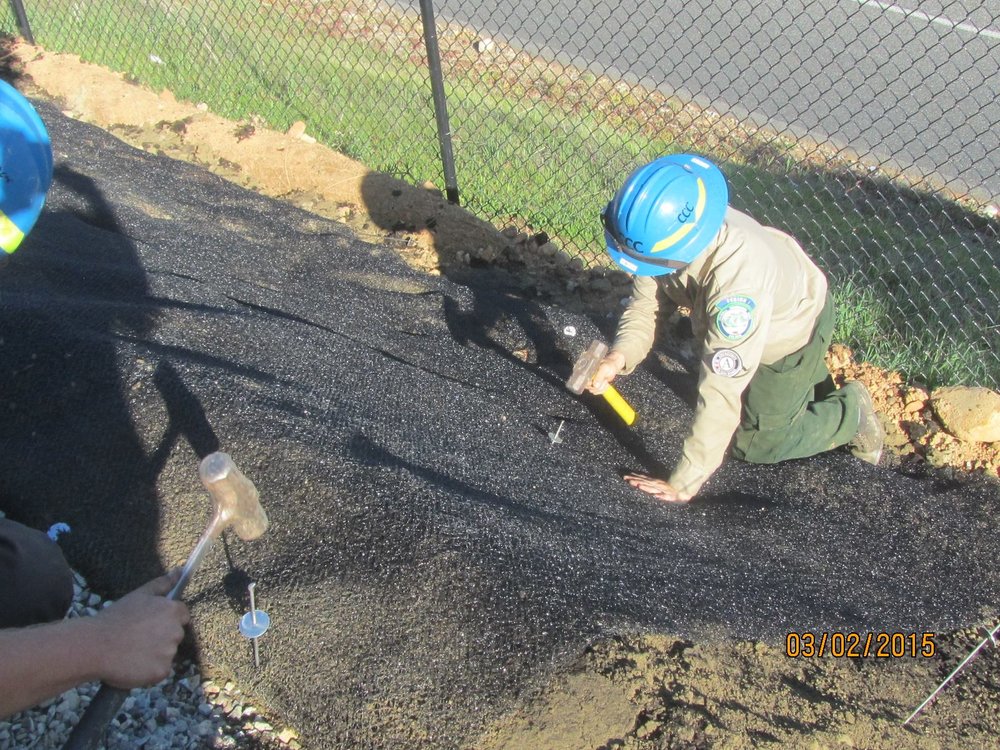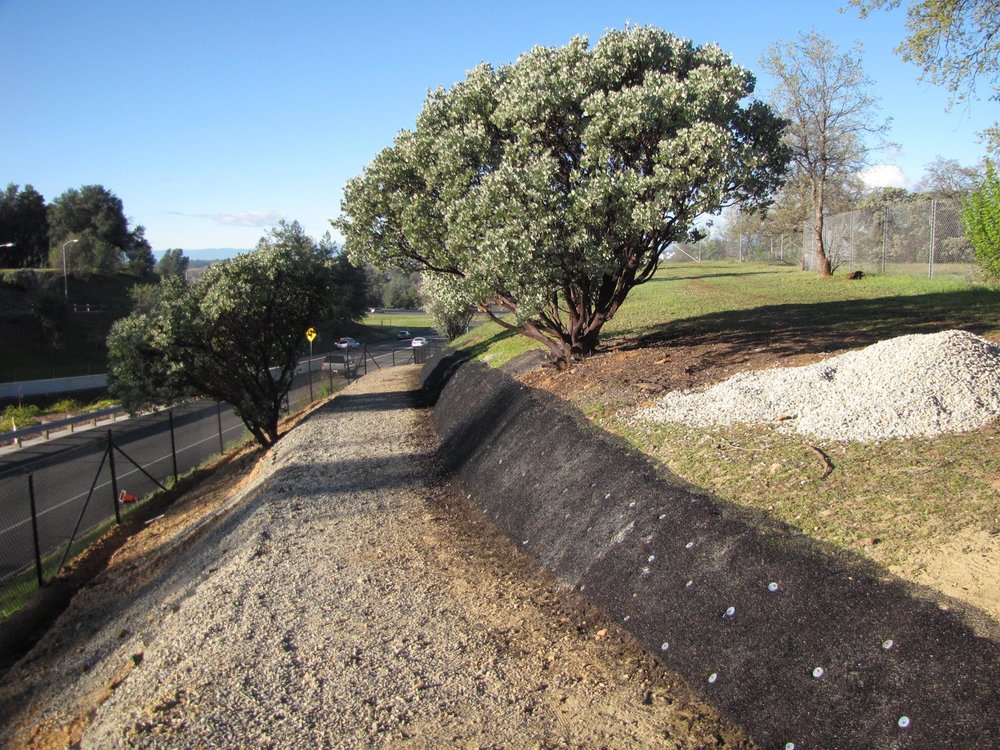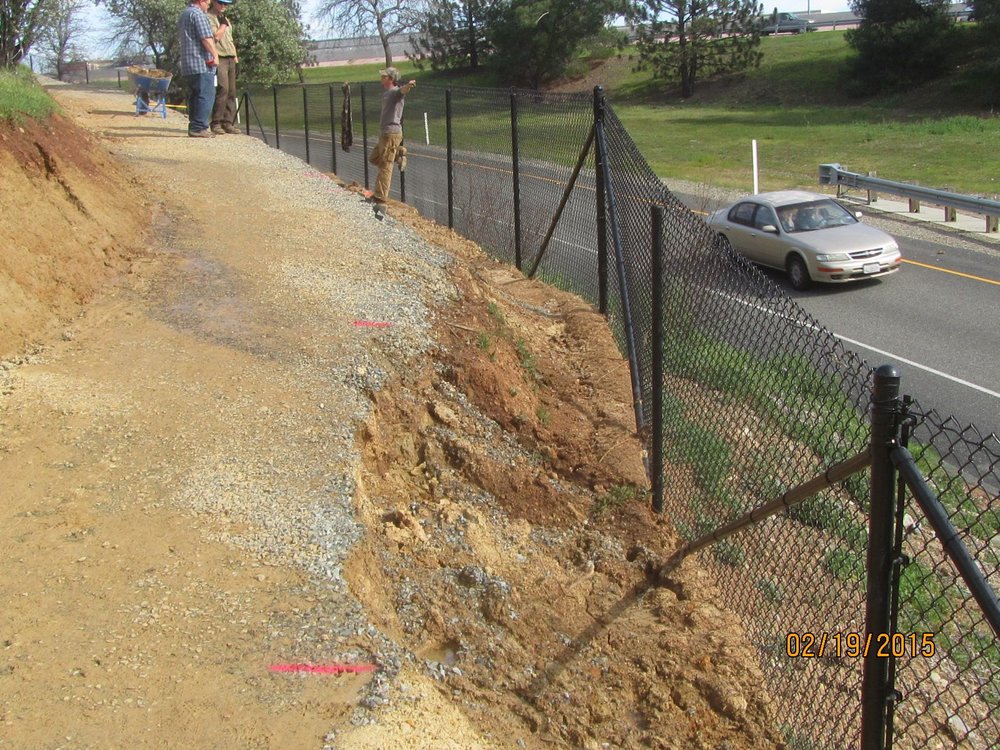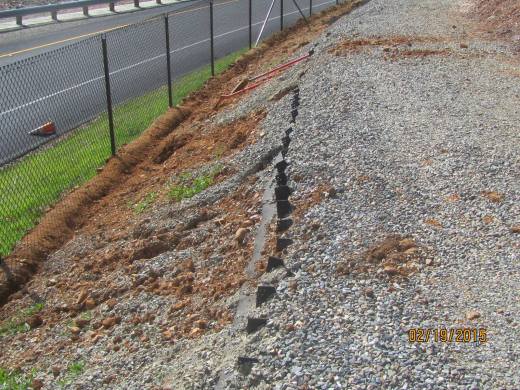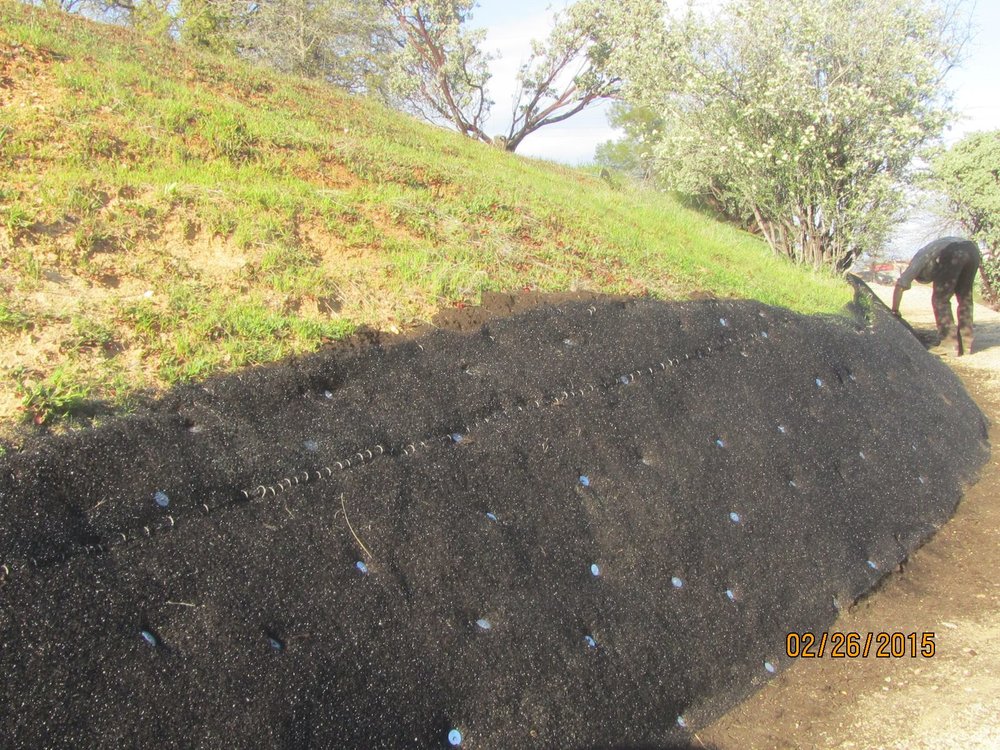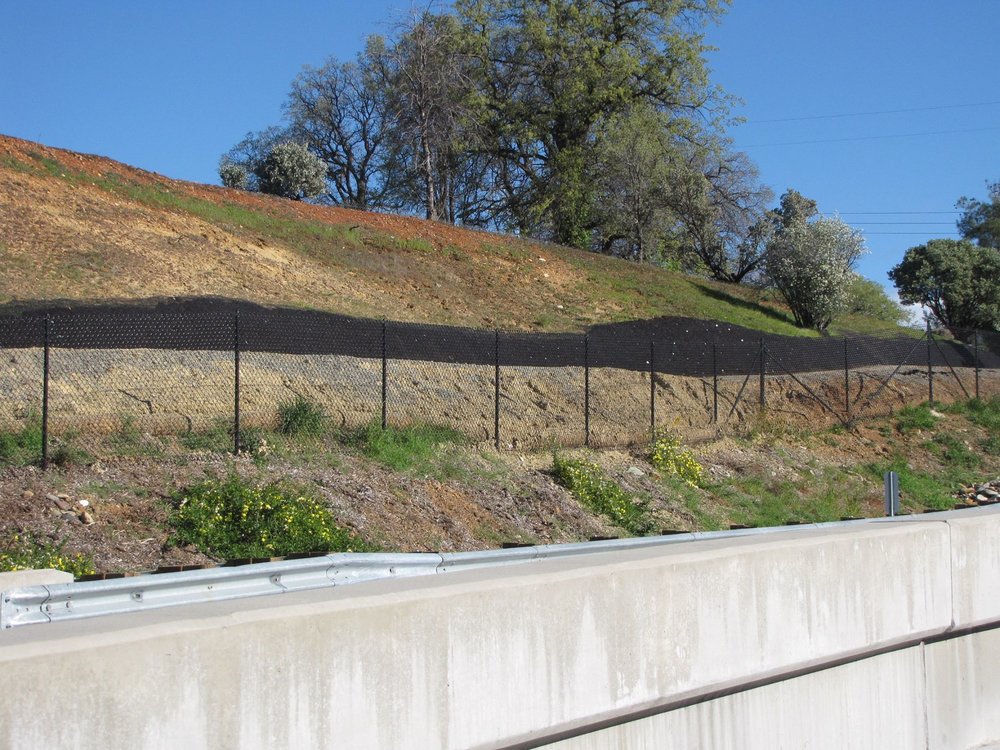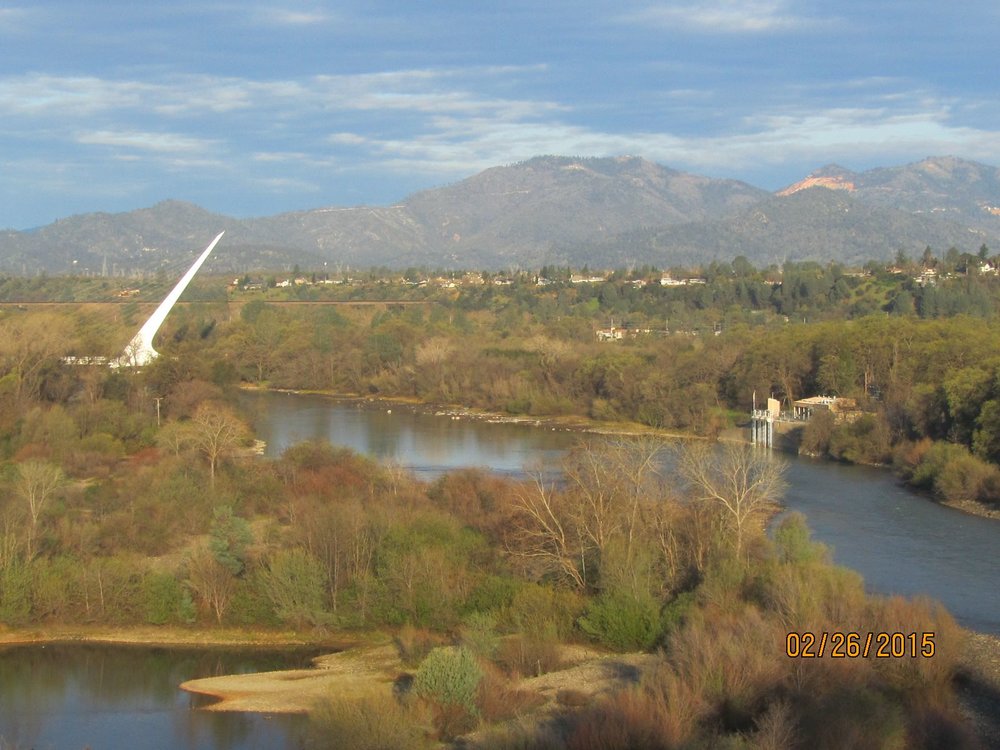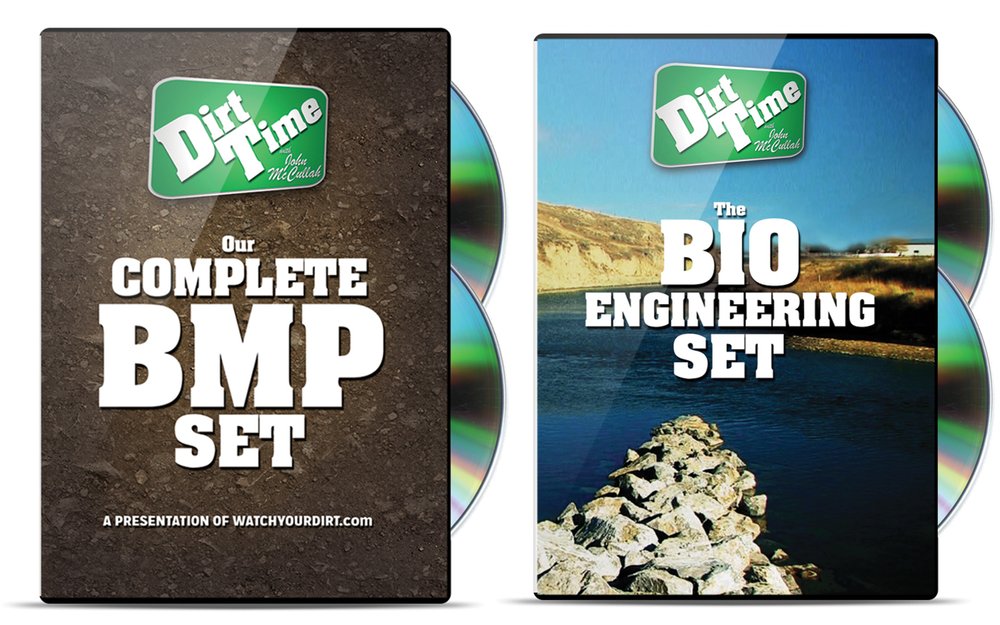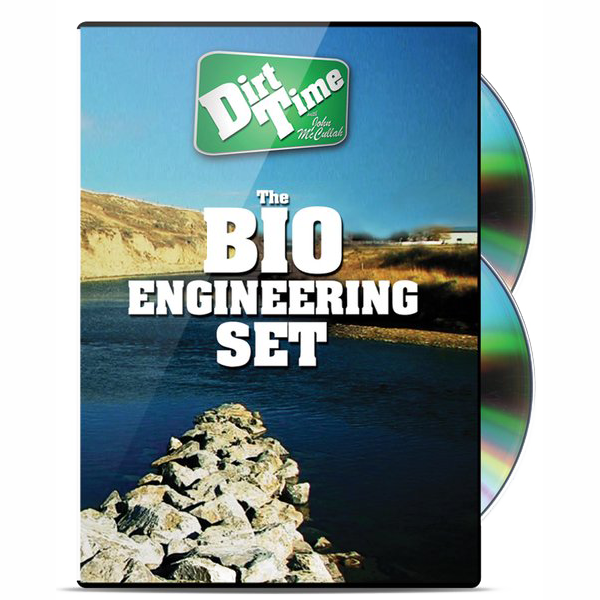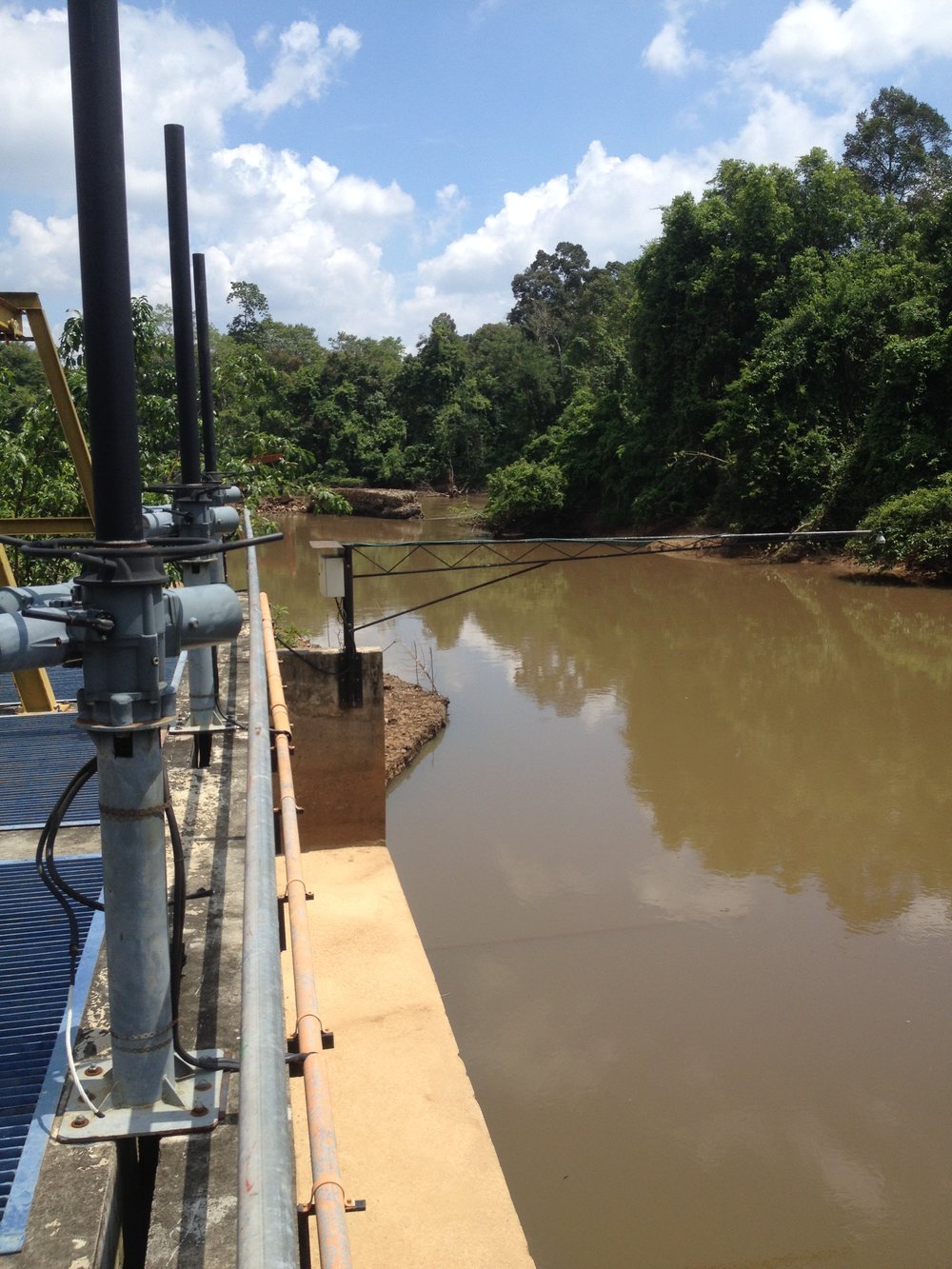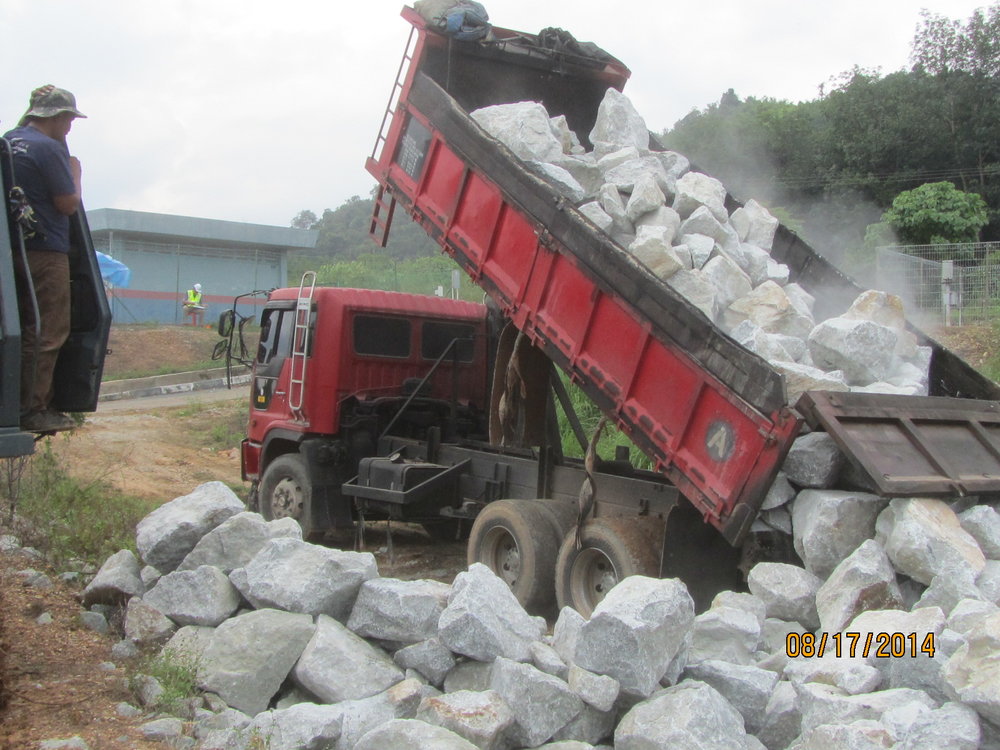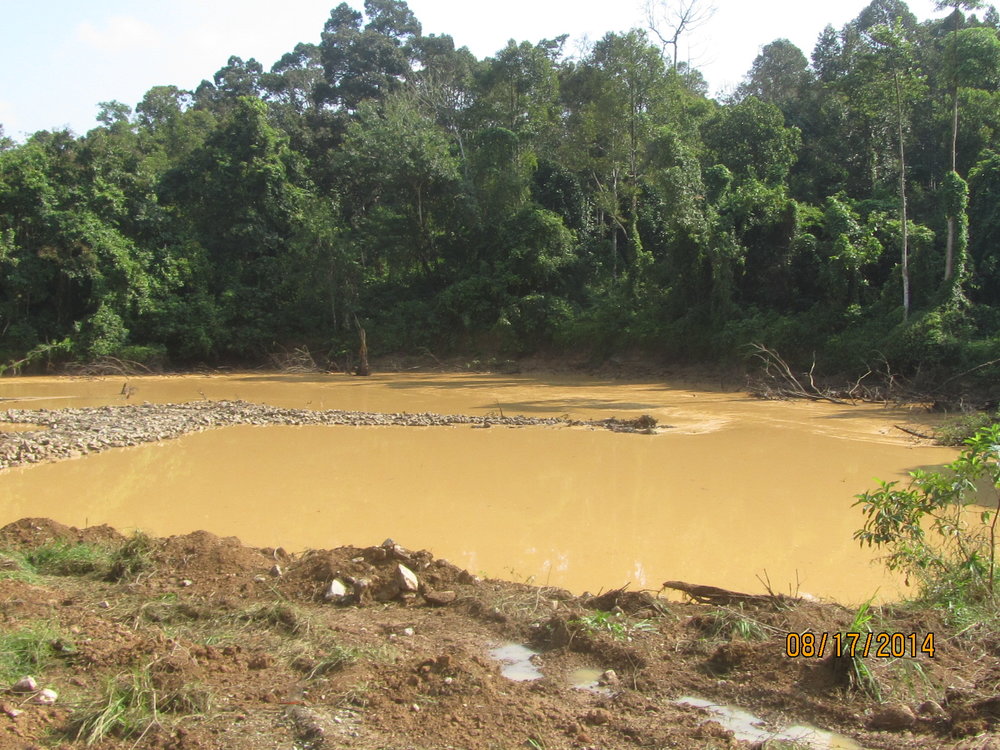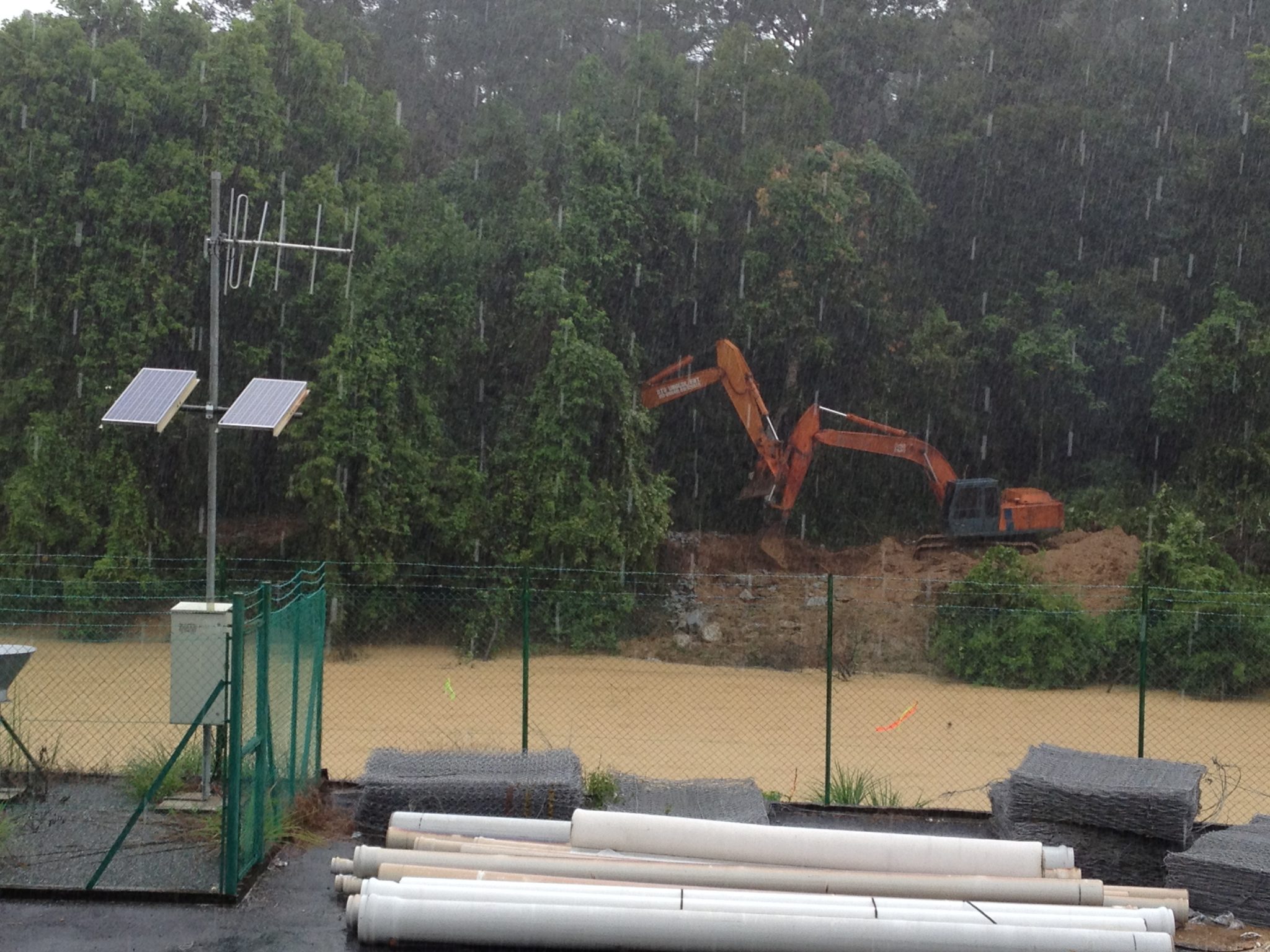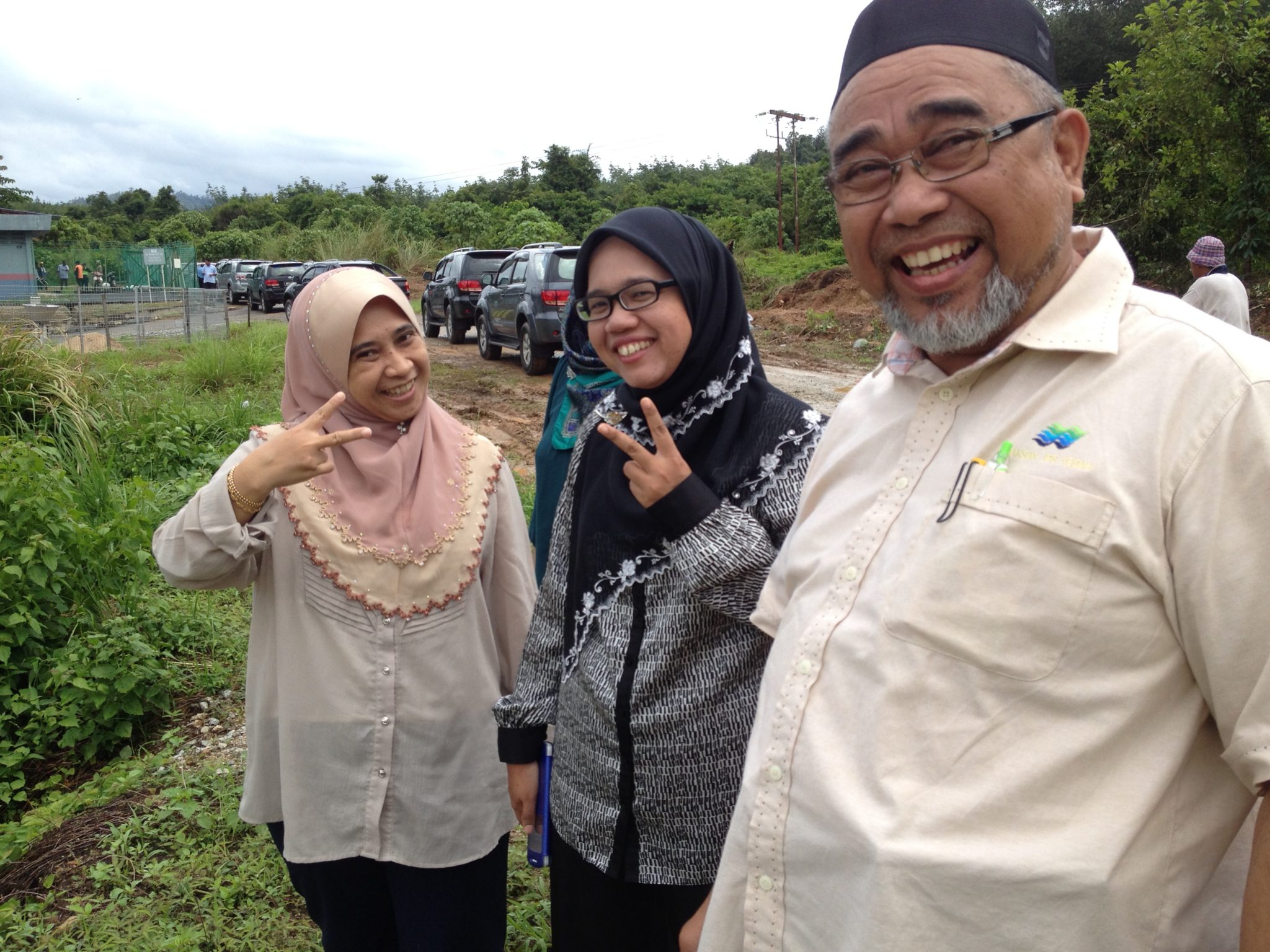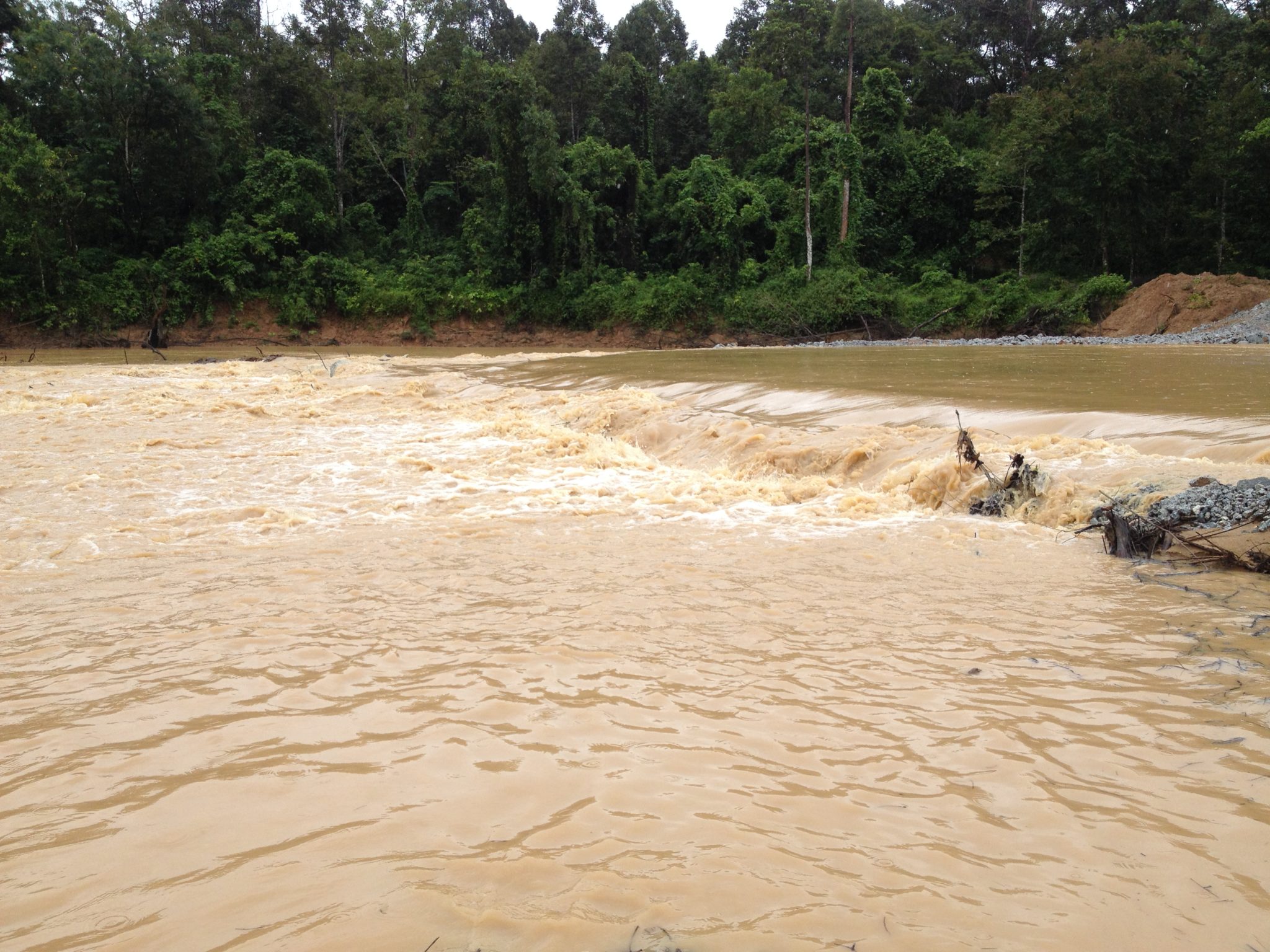13 Aug BioDraw 3.0 – compendium of Bioengineering Techniques with AutoCad ‘typical drawings”, construction specifications, design guidance and much more.

Bio Draw 3.0 is an interactive cd which describes design and installation procedures for 38 biotechnical soil stabilization techniques, along with 39 typical drawings of soil bioengineering techniques.
(click here for Sample Typicals)

CAD & Microstation compatable, all Illustrations and typical drawings are available in dwg. (Auto-Cad) and .dgn format
Incorporate Live Vegetation…
All erosion control techniques presented incorporate live vegetation. Bio Draw is intended to help solve engineering problems while meeting the ever-increasing environmental demands prescribed by sensitive ecosystems. NPDES Phase II compliant!
‘Soft’ BioEngineering…
Bio Draw describes in detail a series of “soft” bioengineering techniques and practices such as LIVE FASCINES, LIVE POLE DRAINS, COIR ROLLS WITH BRUSHLAYERING, POLE PLANTING, MODIFIED BRUSH LAYERS, BRUSH MATTRESSES, and MORE! (click here for Sample Typicals)
Before & After Illustrations…
The Bio Draw CD is liberally illustrated with “before” and “after” photos of real case studies which describe various installation steps for each technique. Clicking on the photos will expand them so details can be readily observed.
Proven & Tested Practices… 
All of these practices have been implemented and monitored for their effectiveness by bioengineering practicioners!
Bio Draw 3.0 is the most credible and comprehensive bioengineering compendium in the erosion control industry today!
Available for purchase at the WatchYourDirt Shop
Drawings & So Much More…
Not only do you get CAD drawings and construction specifications, but you also get comprehensive information for all aspects of biotechnical projects, such as the principles, rationale, and planning for a bioengineered approach.
The BMPs are conveniently separated into “Soil Bioengineering and Biotechnical Stabilization Practices (Ground Bioengineering)” and “Biotechnical Streambank Stabilization (Water Bioengineering)”.
Many informative photos accompany each BMP, showing installation procedures along with “before” and “after” shots of case studies. Each colorful photo can be portrayed in a larger view with the click of your mouse. (click here for Sample Typicals)
Easy to Use..
The CD is user-friendly, and it’s as easy as navigating through this website. Technical support is also readily available if needed.
Available for purchase at the WatchYourDirt Shop
COPYRIGHT © 2010, BLINKWORKS. ALL RIGHTS RESERVED.



